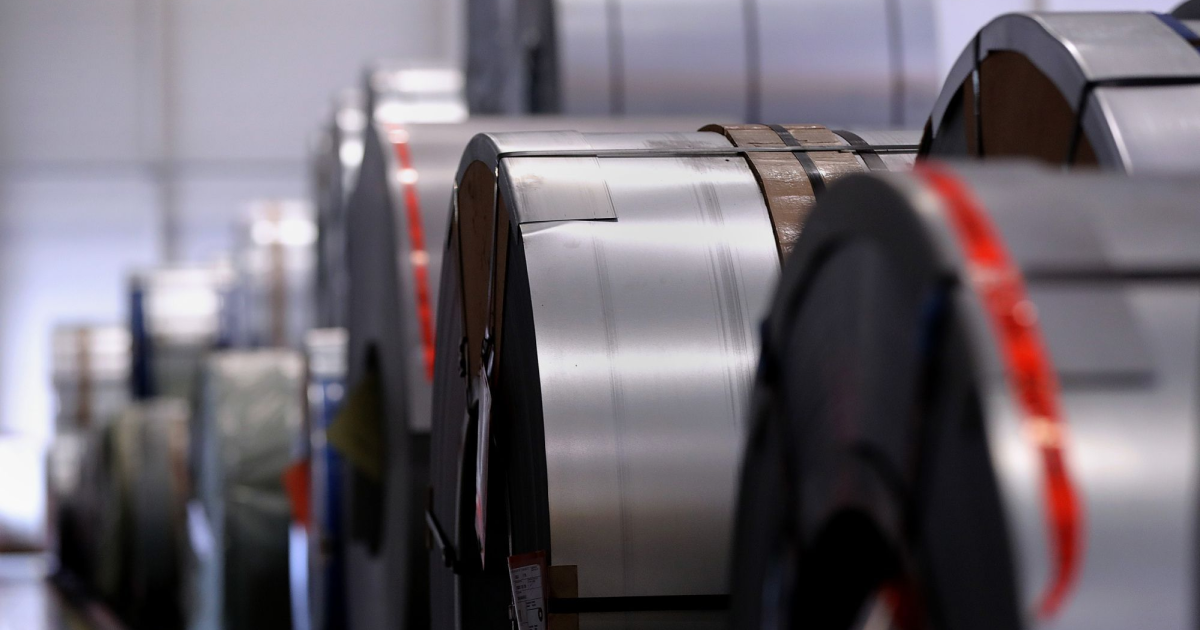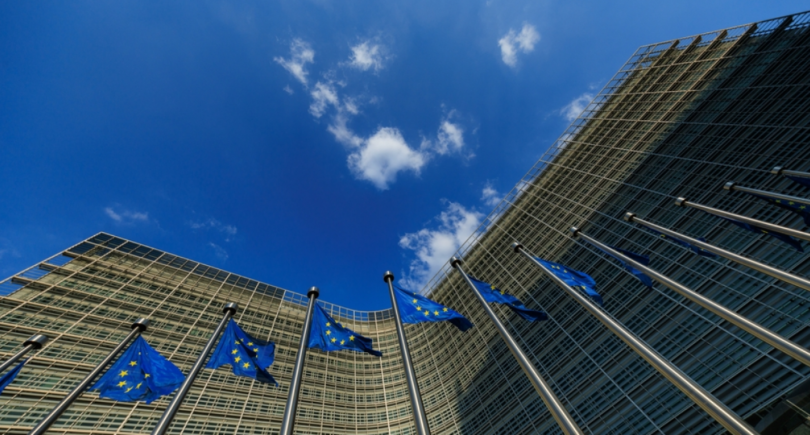
News Global Market India 2391 24 October 2022
The stimulus for steel consumption in the country, in particular, was state investment in infrastructure
Steel demand in India is expected to remain stable in the second half of FY2022/2023. ArgusMedia reports about it.
India’s steel market is almost the only reason for optimism amid a global recession, high inflation and an energy crisis in Europe that are hurting the global steel industry.
Last week, the World Steel Association forecast steel demand in India to grow by 6.1% in 2022 and 6.7% in 2023. The figure for the 2022 was down slightly from April expectations, but remains the highest among the world’s biggest steel consumers.
As Jayanta Roy, senior vice-president and head of corporate sector ratings Icra Group, noted, for India the debate is about the magnitude of economic growth rate in FY23. The positive forecast of demand for steel is explained by the close connection of the steel sector with the economic indicators of the country.
According to the expert, the incentive for steel consumption in India was government investment in infrastructure projects, there is also a revival in the automotive sector. This will lead to steel demand growth of around 7-7.5% in FY2022/2023, predicts Jayanta Roy. At the same time, consumption in other countries will slow down the decline in the Chinese real estate market, the rapid increase in energy prices in Europe and fears of recession in the EU and the USA.
Domestic demand for steel in India declined in early FY2022/23 due to seasonal rains and high prices. However, it is expected to accelerate with falling prices and the upcoming peak construction period. According to a representative of a large infrastructure company, steel prices in the country have significantly decreased, although not to the old levels, but they are quite acceptable to continue projects.
The price of hot-rolled coil in the domestic market of India was at the level of 56.5 thousand rupees per ton ($682.3) on October 21, compared to a record of 78.5 thousand rupees/t ($948) in early April 2022. Blast furnace rebar prices fell to 56,000 rupees/t ($676.2), compared to April’s all-time high of 76,000 rupees/t ($917.8).
The participants of the local market are observing positive dynamics every month, currently there is a delayed and forecasted demand in the infrastructure industry and construction. In the second half of the 2022/2023 financial year, an increase in the capacity utilization of Indian steel plants is expected.
Due to the imposition of export duties in May 2022, India’s exports of rolled products fell by more than half year-on-year in April-September, but production and consumption rose by 8% and 11.5% y/y, respectively, in the same period. Even if the tariffs are lifted, one major steel exporter noted, demand in international markets will be weak and the export problem will remain. However, the domestic Indian market remains stable with no excess inventory, although a small price correction is expected in the future.
As GMK Center reported earlier, India’s rolled exports fell by 66% y/y in August 2022, according to preliminary data from the country’s steel ministry’s Joint Factory Committee – to 454 thousand tons. This is evidenced by SteelGuru. In April-August 2022, steel exports from India fell by 53% y/y – to 3.02 million tons.




